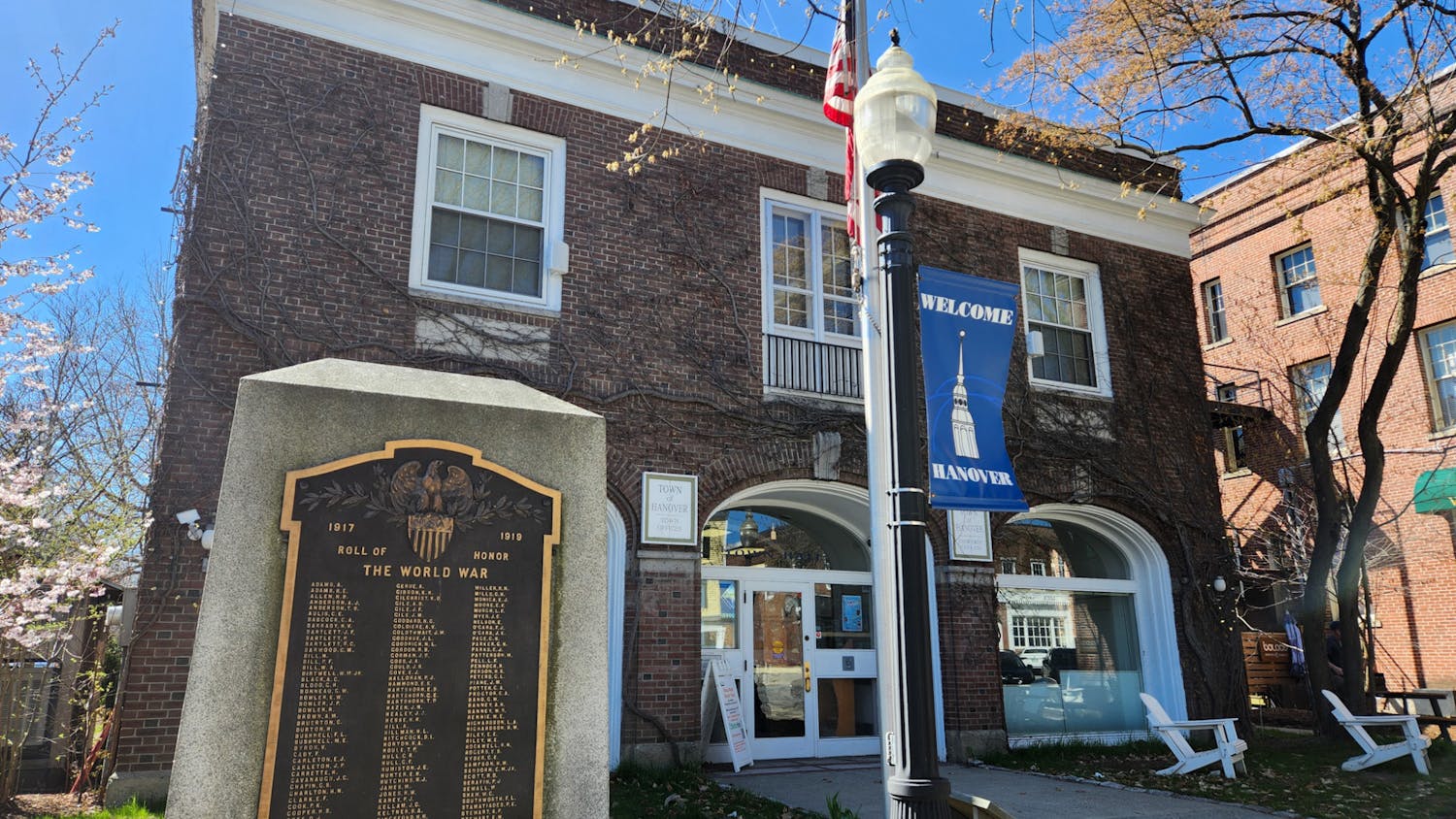Jon Velie, of the law firm Velie and Velie, and Frank Velie, of Christy and Veiner, advocated the merits of the ongoing legal battle between the Black Seminole tribe and the United States government as they seek compensation for alleged years of unfair treatment.
The lawsuit also claims that the U.S. government, in particular the Bureau of Indian Affairs, refused to grant the same official recognition to Black Seminoles as is given to the rest of the Seminole Nation, of which the Black Seminoles are a part.
"The government has used legal practices rooted in times of slavery to deprive Seminoles of their rights," Jon Velie said.
Velie explained that the Black Seminoles, or Estelustis, as they are known, are a tribe with roots dating back to the 18th century, when black slaves, escaping into Florida from plantations in Georgia and South Carolina, merged and intermarried with the native Indian tribes of the area.
These Seminoles, the Estelustis, fought alongside other Florida tribes against the United States Army in the First and Second Seminole Wars, which culminated in a Treaty signed in the 1840's. The treaty resulted in the mass relocation of many of the Seminoles, who were permitted to ride armed and on horseback to reservations in Oklahoma.
The current controversy, said Velie, results from actions taken by the government following the Civil War. In 1866, the Seminole Treaty declared that the Estelusti were to be full members of the Seminole tribe; prior to this point, and before the Emancipation Proclamation of 1863, people of African descent were by definition considered chattel.
According to Velie, this Treaty has been unfairly used to deny the current Estelusti people the compensation that would be otherwise due them. Before the Treaty, the Estelustis were deemed blacks and were therefore ineligible for reparations payments given "full-blood" Seminoles.
In 1906, the Dawes Rolls, a federal registry, classified the Seminoles into two separate groups: the "Blood" Seminoles and the "Freedmen" Seminoles. The Freedmen (or Estelustis) were simply Seminoles of mixed Native and African descent, though both groups legally retained their status as members of the Seminole Nation.
Velie claimed that since the Dawes Rolls list the quantum of Native blood beside the register of Blood Seminoles, and not beside those of the Freedmen, the Estelustis of today have been denied benefits since they are unable to prove Native American ancestry.
"The bureaucrats have decided that funds can only be used by people who can trace descent to tribe members living in 1823," Velie said.
He contended that the Bureau of Indian Affairs is using an obsolete racial standard to dictate apportionment of funds to the Estelustis. "The government is hiding behind technicalities, hoping to steal money from those deserving of it," Velie said.
Even though the Seminoles were awarded over $16 million in the 1950's, the Estelustis were denied a share of the benefits due to their nominal status as slaves in 1823. "It's a standard case of divide and conquer." Said Velie.
The current case dates to 1996, when Donnell Davis, a 17 year-old member of the Seminole nation and an Estelusti, sued the Bureau of Indian Affairs, claiming he had been denied benefits given to non-Estelusti Seminoles.
Though the case was dismissed by the Western District Court of Oklahoma, Jon and brother William Velie appealed the case to the 10th Circuit Court of Appeals in Denver, which remanded the case back to the District Court.
Velie said that the controversy had prompted the Bureau of Indian Affairs to threaten to cut off all funds to the Seminoles. Only a few months later, in July of 2000, the Seminoles voted the Estelusti out of the Seminole Nation.
Despite early legal difficulties, Velie said that he feels hopeful about the eventual outcome of the lawsuit. He also noted that the issue has prompted Congress to consider if $95 million is due to the Seminoles for the mineral rights of Seminole County, which is rich in oil.
The presentation, given before a crowd that filled Rocky 2 to capacity, was the third of this weeks Martin Luther King Jr. public events at the Rockefeller Center, and was sponsored by the Daniel Webster Legal Society.



